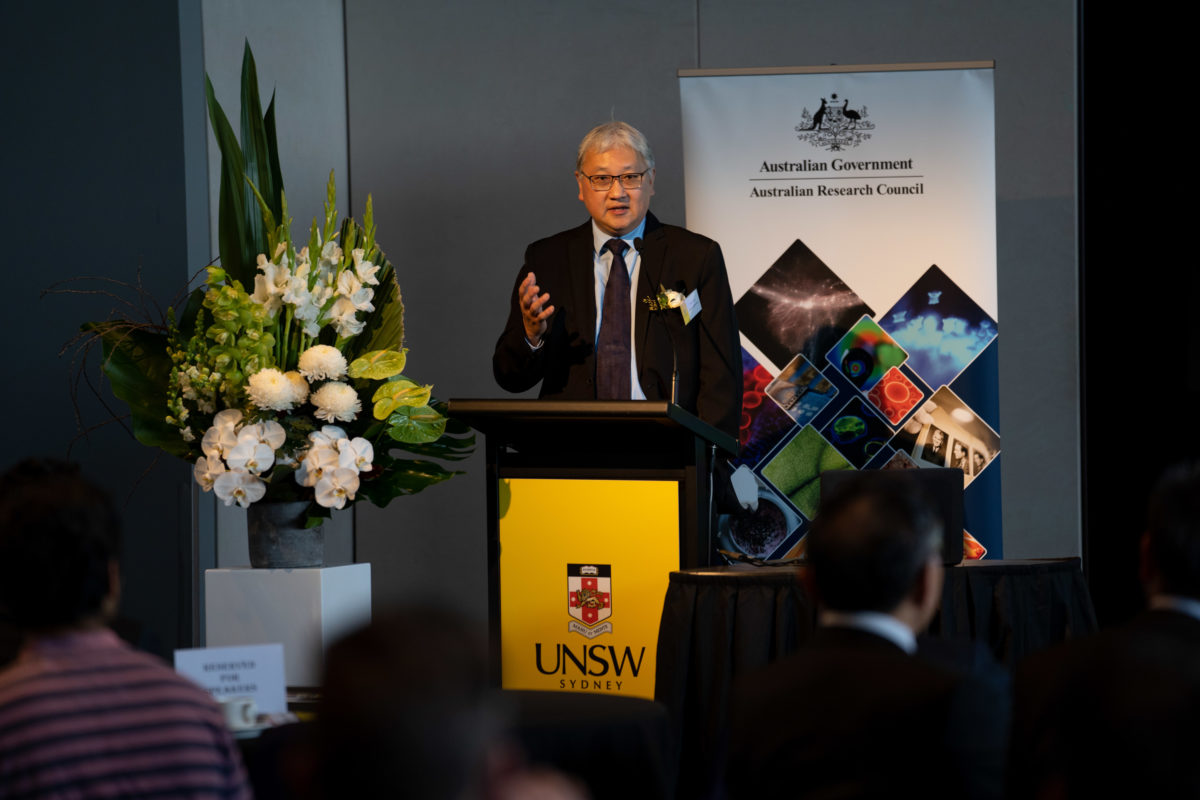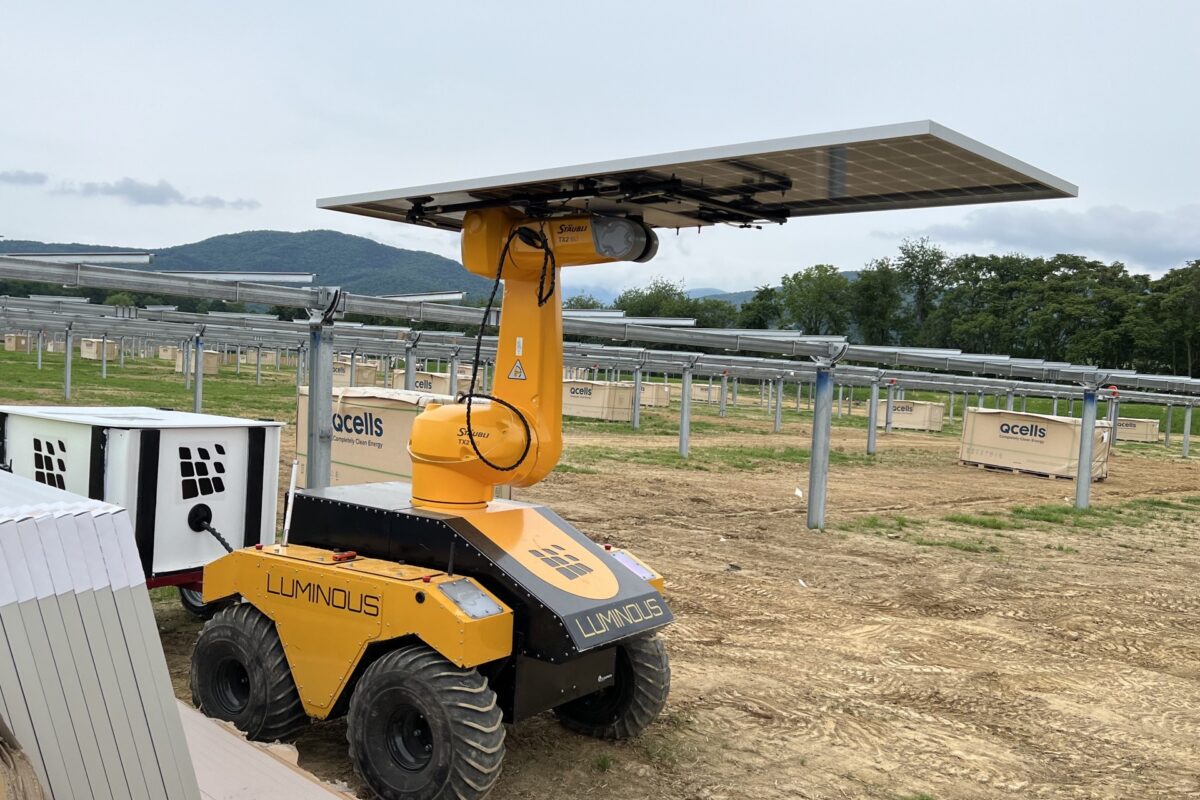UNSW Professor Guan Yeoh Q&A with pv magazine Australia

pv magazine Australia: With Flame Security International you are leading a UNSW team to commercialise a solar polymer membrane called ‘Solar Skin’, which can generate power from both direct and indirect sunlight and from both vertical and horizontal surfaces. How does the innovative technology work?
Professor Guan Yeoh: I will be partnering with Professor Anita Ho-Baillie who is the lead from the University of Sydney. We have a great team of people from the University of Sydney, University of New South Wales and Macquarie University working to develop the solar polymer membrane. The core technology here is to integrate solar cell into a highly flame retardant, transparent polymer, the solar cell technology used includes perovskite solar cell and perovskite-silicon tandem increasing energy yield. Not only does the polymer membrane protects the solar cell, it also provides the much-needed fire protection to building cladding making it a multifunctional energy generating protective membrane.
The potential utility of ‘Solar Skin’ is bogglingly diverse. Where do you see Solar Skin’s greatest potential?
Solar Skin’s greatest potential would be to provide affordable and reliable electricity as the fundamental building block for education and knowledge especially in remote communities in both Australia and aboard. This could have transformative effects where electricity is the spring well for the Internet and the vast array of services from e-health to e-learning.
On the surface, pardon the pun, Solar Skin’s flexibility and applicability could revolutionise the solar and energy industries, does Solar Skin put Australia at the forefront of solar research and development?
Solar Skin will certainly put Australia at the forefront of solar research and development. Thus far, competition to create highly efficient perovskite solar cells remains in laboratory phase. In addition, current international research has not focused on the development of durable flame proof polymer membrane that encapsulates the perovskite cells which can pass stringent fire and building safety regulations and be used to coat the outside of buildings and infrastructure.
The project recently received $3 million in the latest round of CRC-P funding, does the project have any other funding support?
This project will be matched by $3.4 million of cash contributions from participants including the CRCP-8 industry partner Flame Security International and almost $6 million of in-kind contributions including industry involvement, research and development staff, use of laboratory facilities, expert advice, consumables, etc.
With such funding is commercialisation now on the horizon?
The commercialisation of Solar Skin is certainly now in the horizon since its use will create an enormous variety of training opportunities for a wide range of applications including buildings, homes, infra-structure, solar farms, aircrafts, vehicles, ships farming communities, indigenous communities, etc.
What’s next for Solar Skin? And is there any other innovative energy technologies that you are involved in?
Solar Skin technology will certainly have a ‘flow on effect’ into other industries such as electronics that require the same level of protection provided by the membrane.
Dr Guan Heng Yeoh is a Professor of School of Mechanical and Manufacturing Engineering, University of New South Wales and Director of the ARC Training Centre for Fire Retardant Materials and Safety Technologies. He will be working on the project titled Solar Skin: Next Generation Perovskite Solar Polymer Membrane
This content is protected by copyright and may not be reused. If you want to cooperate with us and would like to reuse some of our content, please contact: editors@pv-magazine.com.









1 comment
By submitting this form you agree to pv magazine using your data for the purposes of publishing your comment.
Your personal data will only be disclosed or otherwise transmitted to third parties for the purposes of spam filtering or if this is necessary for technical maintenance of the website. Any other transfer to third parties will not take place unless this is justified on the basis of applicable data protection regulations or if pv magazine is legally obliged to do so.
You may revoke this consent at any time with effect for the future, in which case your personal data will be deleted immediately. Otherwise, your data will be deleted if pv magazine has processed your request or the purpose of data storage is fulfilled.
Further information on data privacy can be found in our Data Protection Policy.